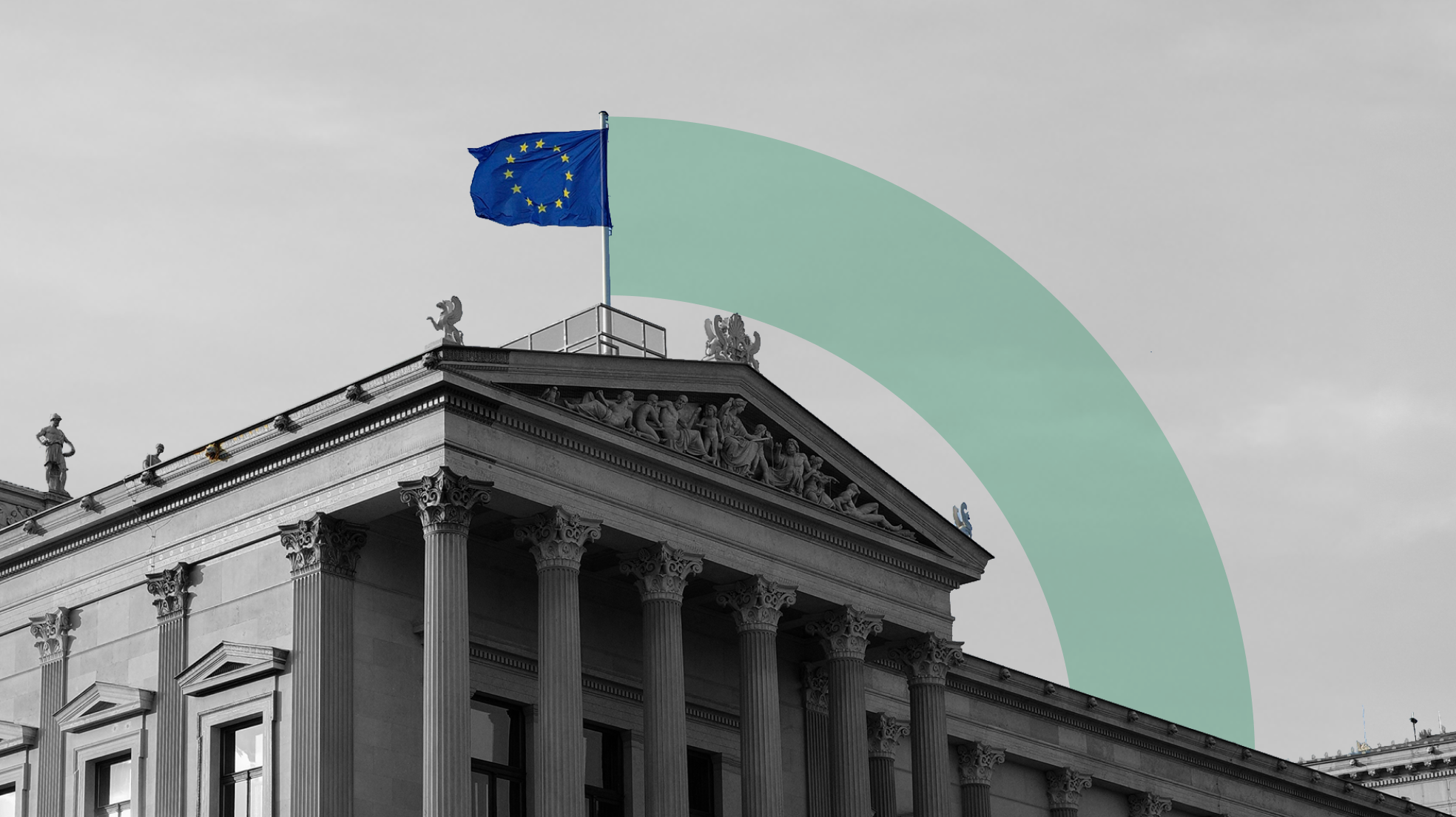
In December 2019, the European Union (EU) unveiled an ambitious and transformative policy initiative known as the European Green Deal. This sweeping plan aims to make Europe the world’s first climate-neutral continent by 2050, while simultaneously fostering economic growth, improving public health, and ensuring social equity. The European Green Deal is not just an environmental policy; it is a holistic strategy that touches every aspect of society, from energy and transportation to agriculture and industry. This blog delves into the key components, challenges, and opportunities of the European Green Deal, exploring how it seeks to reshape Europe’s economy and society for a sustainable future.
The European Green Deal is a roadmap for making the EU’s economy sustainable by turning climate and environmental challenges into opportunities across all policy areas. At its core, the Green Deal aims to achieve net-zero greenhouse gas emissions by 2050, decoupling economic growth from resource use and ensuring a just transition for all citizens. It is a response to the urgent need to address climate change, biodiversity loss, and environmental degradation, while also positioning Europe as a global leader in green technologies and sustainable practices.
The Green Deal is built on the principles of the Paris Agreement and the United Nations Sustainable Development Goals (SDGs). It recognizes that the climate crisis is not just an environmental issue but also a social and economic one, requiring systemic change across all sectors of society.
The European Green Deal encompasses a wide range of policies and initiatives, organized around several key pillars:
The cornerstone of the Green Deal is the commitment to achieve climate neutrality by 2050. This means reducing greenhouse gas emissions to net-zero, where any remaining emissions are balanced by removals (e.g., through reforestation or carbon capture technologies). To ensure progress, the EU has set an interim target of reducing emissions by at least 55% by 2030 compared to 1990 levels.
The European Climate Law, adopted in 2021, enshrines these targets into binding legislation, ensuring that all EU policies align with the goal of climate neutrality.
The transition to clean energy is central to the Green Deal. The EU aims to phase out fossil fuels and increase the share of renewable energy in its energy mix. Key initiatives include:
The Green Deal seeks to transform Europe’s industrial sector into a global leader in sustainability. This includes:
Transportation is a major source of emissions in the EU. The Green Deal aims to make mobility more sustainable by:
The agricultural sector is both a contributor to and a victim of climate change. The Farm to Fork Strategy aims to make food systems more sustainable by:
The Green Deal recognizes the critical importance of biodiversity for the health of the planet and human well-being. Key initiatives include:
The Green Deal aims to create a pollution-free environment by:
A key principle of the Green Deal is ensuring that the transition to a sustainable economy is fair and inclusive. The Just Transition Mechanism provides financial and technical support to regions and communities that are most affected by the shift away from fossil fuels, helping them to create new jobs and opportunities in green industries.
The European Green Deal presents significant opportunities and benefits:
The transition to a green economy is expected to create millions of new jobs in sectors such as renewable energy, energy efficiency, and sustainable agriculture. It also offers opportunities for innovation and entrepreneurship, positioning Europe as a leader in green technologies.
Reducing pollution and promoting clean energy will have significant health benefits, including lower rates of respiratory and cardiovascular diseases. Healthier populations will also reduce healthcare costs.
By reducing dependence on fossil fuel imports, the Green Deal will enhance Europe’s energy security and resilience to geopolitical shocks.
The Green Deal demonstrates Europe’s commitment to tackling climate change and sets an example for other regions to follow. It also strengthens the EU’s position in international climate negotiations.
Investing in climate adaptation and nature-based solutions will help Europe build resilience to the impacts of climate change, such as extreme weather events and biodiversity loss.
The European Green Deal is a bold and visionary plan, but its success will depend on sustained political will, public support, and collaboration among all stakeholders. Citizens, businesses, and governments all have a role to play in driving the transition to a sustainable future.
As the EU moves forward with implementing the Green Deal, it will need to address the challenges head-on, ensuring that the transition is fair, inclusive, and economically viable. At the same time, the Green Deal offers a unique opportunity to redefine Europe’s economy and society, creating a model for sustainable development that can inspire the rest of the world.
The European Green Deal represents a paradigm shift in how we think about economic growth, environmental protection, and social equity. It is a recognition that the challenges of climate change and environmental degradation cannot be addressed in isolation but require a comprehensive and integrated approach.
By committing to climate neutrality, clean energy, sustainable industry, and a just transition, the EU is setting a new standard for global leadership in sustainability. While the road ahead is fraught with challenges, the potential rewards—a healthier planet, a stronger economy, and a more equitable society—are well worth the effort.
The European Green Deal is not just a policy; it is a vision for a better future. And as the EU works to turn this vision into reality, it offers hope and inspiration for a world grappling with the urgent need for change.